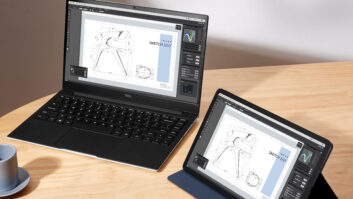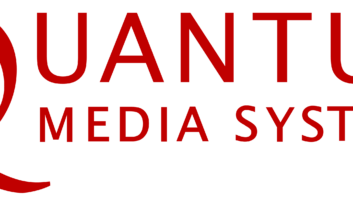
Last month was the Internet of Things Conference in San Francisco, where the vast floor of the Moscone Center was filled with companies trying to get us plugged into the future of smart homes and connected devices. It’s the next step towards hopefully seeing our vision of the Jetsons finally come to life. Because, let’s be honest, when we think of connected future, we think of the Jetsons.
Right now the Internet of Things (IoT) is its own little world slowly coming to life, but backing up, you can see it also as the latest stage of a growing trend over the last few years. Call it the “Uber-ization” of technology. As Uber continues to knock down one insane valuation after another, everyone is trying to become the “Uber of Fill-In-The-Blank.” It’s become shorthand for companies trying to disintermediate traditional markets.
And although Uber is the poster child for this dynamic, there are smaller start ups trying to pick up your kid for you, shop for you, cook for you, and do your laundry. If there is an activity you do at some point in your day, there is probably some startup trying to create an app or an online service that will do it for you. Of course, all this proactive helpfulness also requires us opening up every facet of our personal lives in order for them to operate effectively.
And this is what has lead to the dreaded “Skynet Syndrome” where our helpful technological partners turn on us like in the Terminator movies, and either make us into slaves or get bored and just wipe us out. Now take all these “Uber-lite” companies, bolt them onto the world of smart homes and connected devices, and you can see why people start to get the heebie jeebies over all of this.
Even legendary minds such as Stephen Hawking and Elon Musk have rung the warning bell on the rise of artificial intelligence, and the possibility that machines could supersede, and then eliminate, humans. This is where all the discussions about the rise of connected, intelligent machines seem to end; with the “Skynet Syndrome” and the end of mankind. However, I would posit that there is a third option, one that lives between happy connected computers, and murderous blood-thirsty robots.
And since we are using movie analogies, the cinematic stand-in for this option is the adorable little robot known as Wall-“E. Actually, it’s not Wall-E himself as much as the movie, which tells the story of a time when humans have become so dependent on machines that they literally cannot do anything for themselves. It’s disintermediation run amuck, and although it seemed fanciful when it appeared in theaters seven years ago, now I am not so sure.
In a way, given our current tendencies to have computers do our work for us, Wall-E is far more believable, and hence terrifying, than the Terminator. Each stage of disintermediation seems to make us more productive, but also less human and less in touch with the world around us. Every week I have to dodge people walking right into me because they are looking down at their phones. And this is not because these are bad people or evil techies, but frankly because they just don’t know any better.
After all, why learn the intricacies of interpersonal interactions when you can surf the entire day having apps take care of everything. In reality we have made it possible to zip through the entire day without ever having to talk to another human. And we are doing it to ourselves. It’s a numbing of our senses, and suddenly I flash on the scene in Wall-E where you see the photos of all the past captains of the ship. Each one is fatter than the previous, and in each Otto, the auto-pilot is also larger, slowly taking over our lives as we slip into a blissful dream.
And now we have arrived at the Jetsons, where our machine overlords will know where we are, when to turn on a light, what we want for dinner, and how hot to make our shower. OK, maybe not exactly overlords, but it does beg the question where all this help leads. I think part of the reason we have seen the rise of sports such as CrossFit, GRID, Spartan Races and Tough Mudder is a reaction to somehow being less in touch with the physical world around us.
So as we all roamed the aisles of the IoT Conference last month, I’m sure you were amazed by all that you saw, and the glimpses of the future. I just hope while they are building all this technology they make sure to leave a little of that future for us. After all, it’s our future you little technological twerps. Now where’s that remote…
Christopher Caen is a partner and chief brand strategist of Theory Associates, a strategic branding agency that creates demand for some of the world’s leading technology brands. He can be reached at [email protected].









